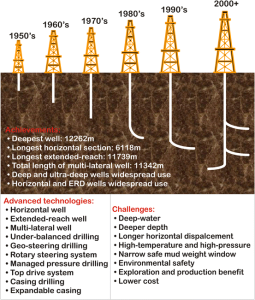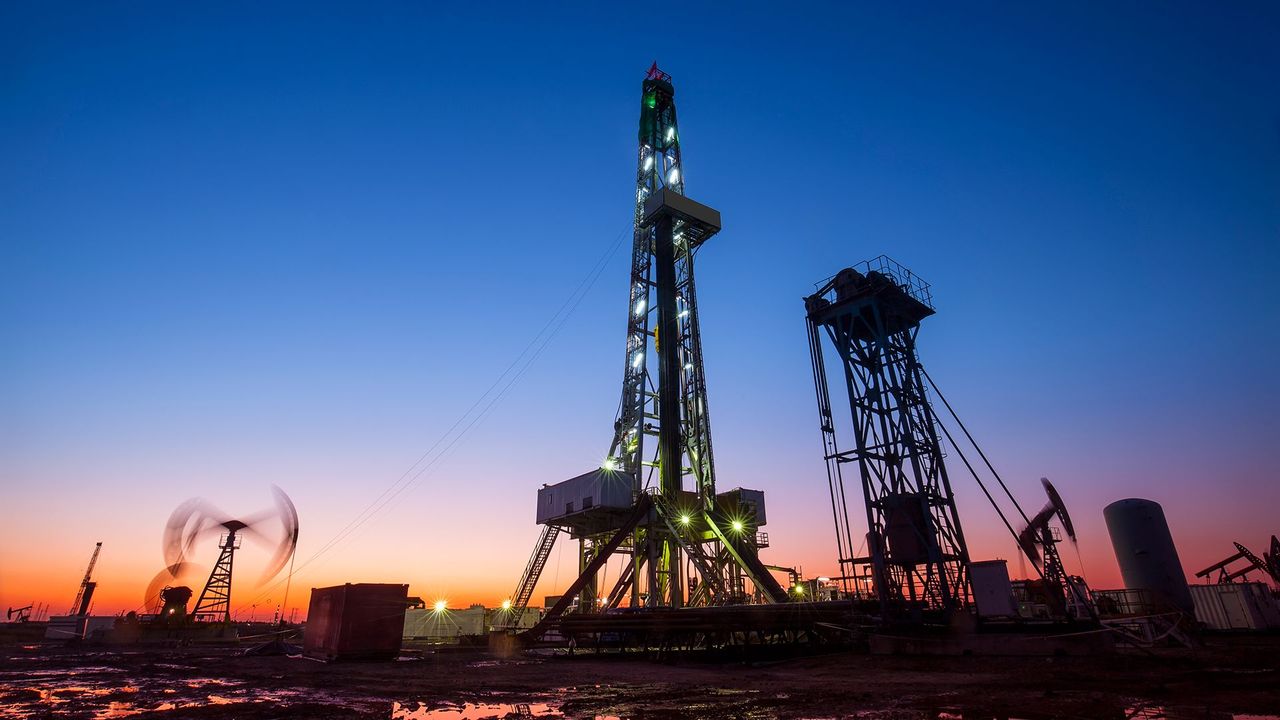Exploring the Depths: Challenges and Solutions in Deep Earth Drilling
The Quest for Knowledge Beneath the Surface
Deep Earth drilling stands as a testament to humanity’s insatiable curiosity and relentless pursuit of knowledge. The depths of our planet hold secrets crucial to understanding its past, present, and future. However, delving into these depths presents a myriad of challenges that engineers and scientists must overcome. In this article, we explore the complexities of deep Earth drilling and the innovative solutions driving progress in this field.
The Challenge of Extreme Conditions
One of the foremost challenges in deep Earth drilling is the extreme conditions encountered as depth increases. Temperatures rise sharply, reaching levels that can exceed the limits of conventional drilling equipment. Additionally, pressures at greater depths can exceed those found on the surface by orders of magnitude. These conditions necessitate the development of specialized materials and technologies capable of withstanding such harsh environments.
High-Temperature Materials and Cooling Systems
To address the challenge of high temperatures, engineers have turned to advanced materials such as exotic alloys and ceramics that can maintain their structural integrity under extreme heat. Furthermore, innovative cooling systems are employed to dissipate heat generated during drilling operations, ensuring the longevity of equipment and minimizing downtime.
Pressure-Resistant Designs

Pressure-resistant designs are another crucial aspect of deep Earth drilling technology. Engineers utilize robust engineering principles and cutting-edge simulations to develop equipment capable of withstanding the immense pressures encountered at depth. By integrating reinforcements and pressure-balancing mechanisms, drilling systems can operate reliably in even the most challenging environments.
Technical Limitations and Innovations
Technical limitations pose significant obstacles to deep Earth drilling endeavors. Traditional drilling methods struggle to penetrate the dense rock formations found at great depths, leading to slower progress and increased costs. However, ongoing research and technological innovations are pushing the boundaries of what is achievable in deep drilling.
Advanced Drilling Techniques
Advanced drilling techniques, such as directional drilling and rotary steerable systems, offer improved precision and control, allowing operators to navigate complex geological formations with greater ease. Furthermore, the development of diamond-enhanced drill bits and high-powered drilling motors has significantly enhanced penetration rates, accelerating the pace of deep Earth exploration.
Real-Time Monitoring and Data Analysis
Real-time monitoring and data analysis play a pivotal role in optimizing drilling operations and mitigating risks. Sophisticated sensors deployed within drilling equipment provide invaluable insights into subsurface conditions, enabling operators to make informed decisions on the fly. Additionally, advanced data analytics algorithms help identify potential hazards and optimize drilling parameters for maximum efficiency. Find more about it here.
Environmental and Regulatory Considerations
In addition to technical challenges, deep Earth drilling must contend with environmental and regulatory considerations. Operating in remote and ecologically sensitive areas demands adherence to stringent environmental standards and protocols to minimize ecological impact and ensure sustainable practices.
Environmental Impact Assessments
Prior to commencing drilling operations, thorough environmental impact assessments are conducted to evaluate the potential consequences on local ecosystems and communities. These assessments inform mitigation strategies aimed at minimizing disruption to wildlife habitats and preserving biodiversity.
Regulatory Compliance and Stakeholder Engagement
Navigating regulatory frameworks is essential for obtaining permits and approvals for deep Earth drilling projects. Engaging with stakeholders, including government agencies, indigenous communities, and environmental organizations, fosters transparency and collaboration, ensuring that projects are conducted responsibly and in accordance with regulatory requirements.
Conclusion: Unveiling the Mysteries of the Deep
Despite the formidable challenges it presents, deep Earth drilling remains a cornerstone of scientific exploration and resource development. Through relentless innovation and collaboration, engineers and scientists continue to push the boundaries of what is achievable, unlocking the secrets hidden beneath the Earth’s surface. By overcoming technical limitations, addressing environmental concerns, and embracing cutting-edge technologies, we inch closer to unraveling the mysteries of the deep and gaining a deeper understanding of our planet’s inner workings.
In conclusion, the journey into the depths of the Earth is fraught with challenges, but it is also brimming with opportunities for discovery and advancement. As we delve deeper into the unknown, we pave the way for a future where the secrets of the Earth are laid bare, enriching our understanding of the world we inhabit.

